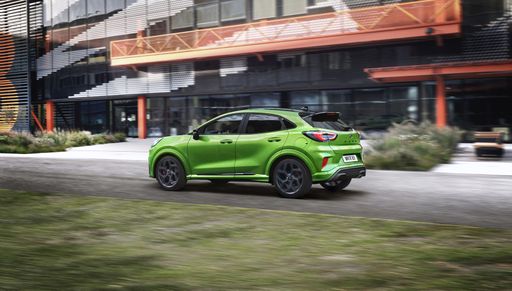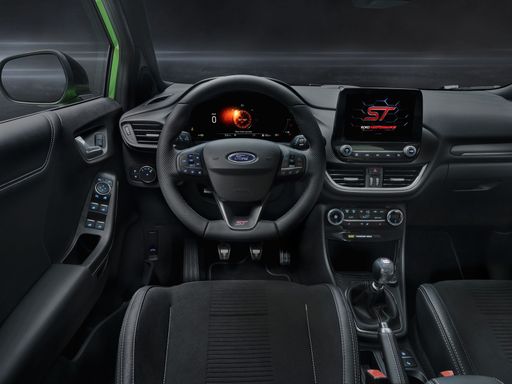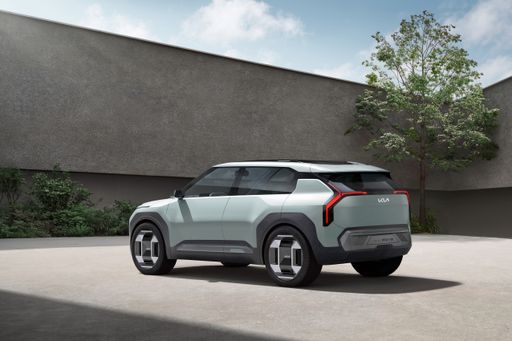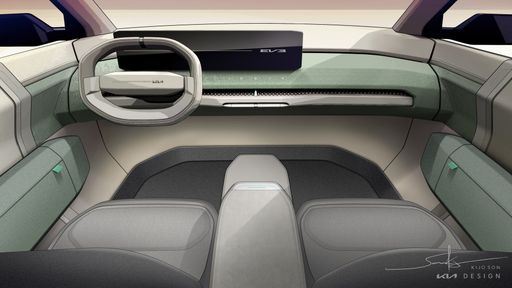Ford Puma vs Kia EV3: A Battle of Future-Ready SUVs
The automotive landscape is rapidly evolving, with car manufacturers developing innovative SUVs that blend efficiency with performance. Two such standout models in this realm are the Ford Puma and the Kia EV3. While both vehicles reside in the SUV category, they each bring something unique to the table, catering to different driving preferences and eco-friendly inclinations.







